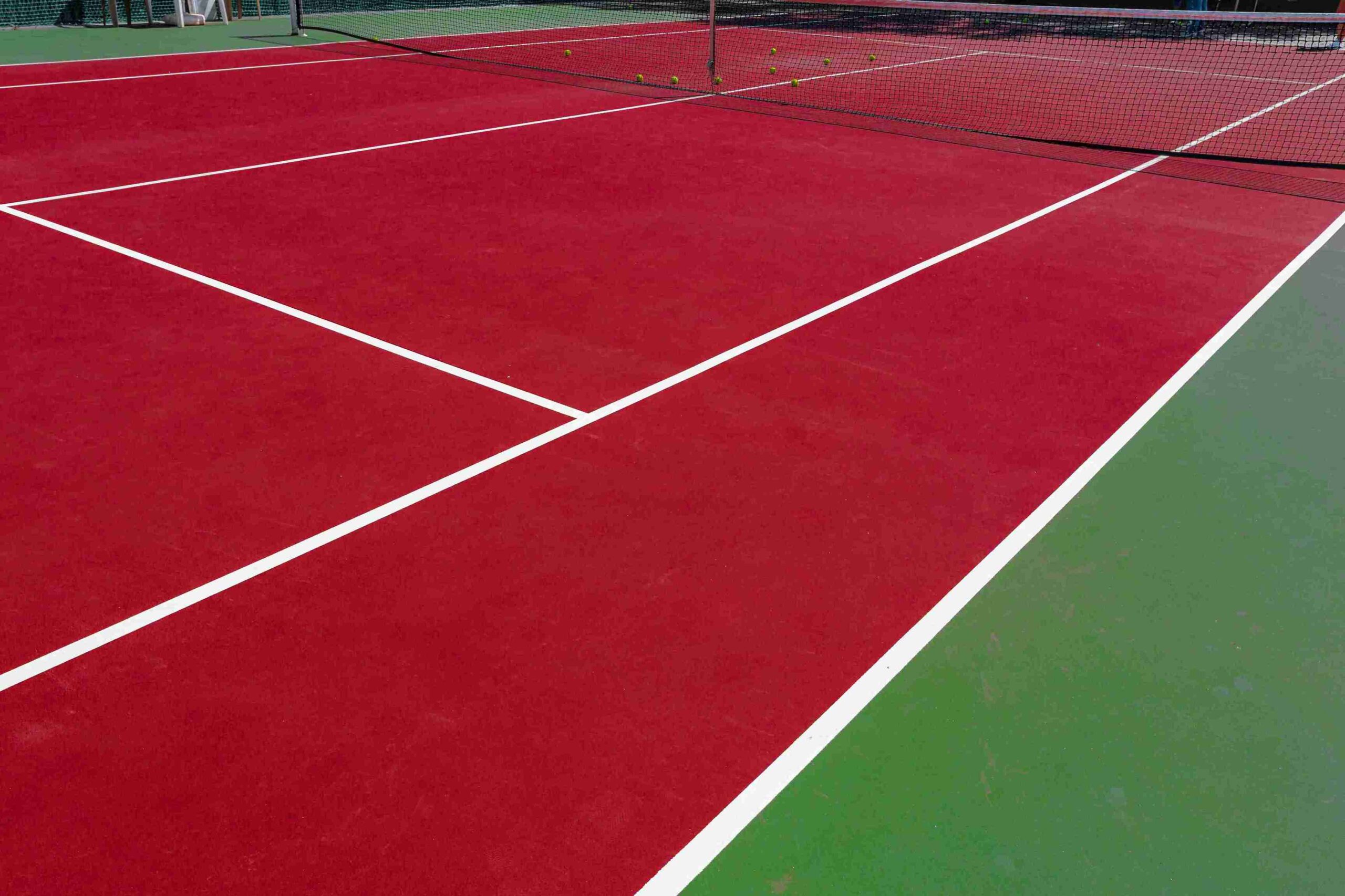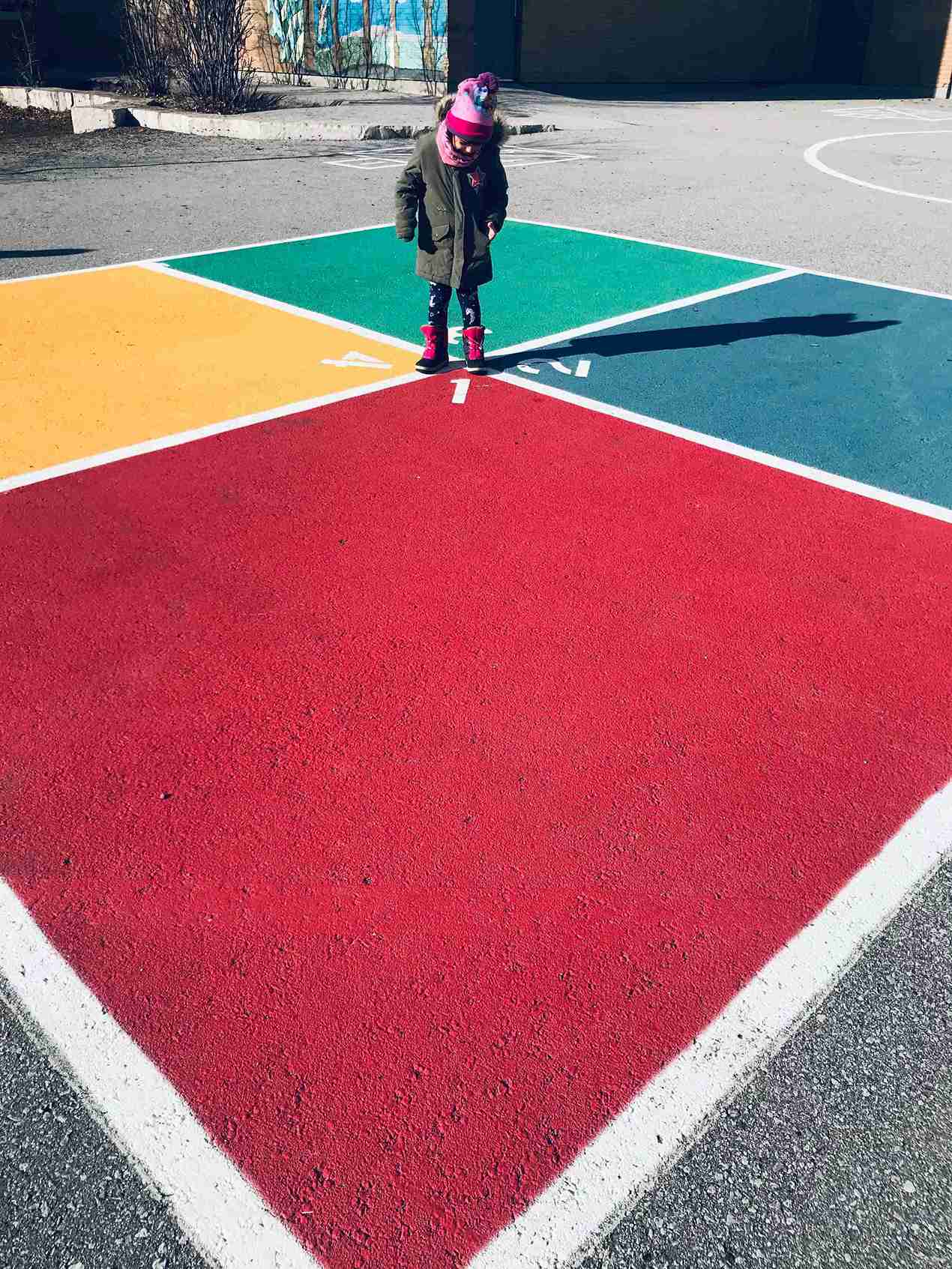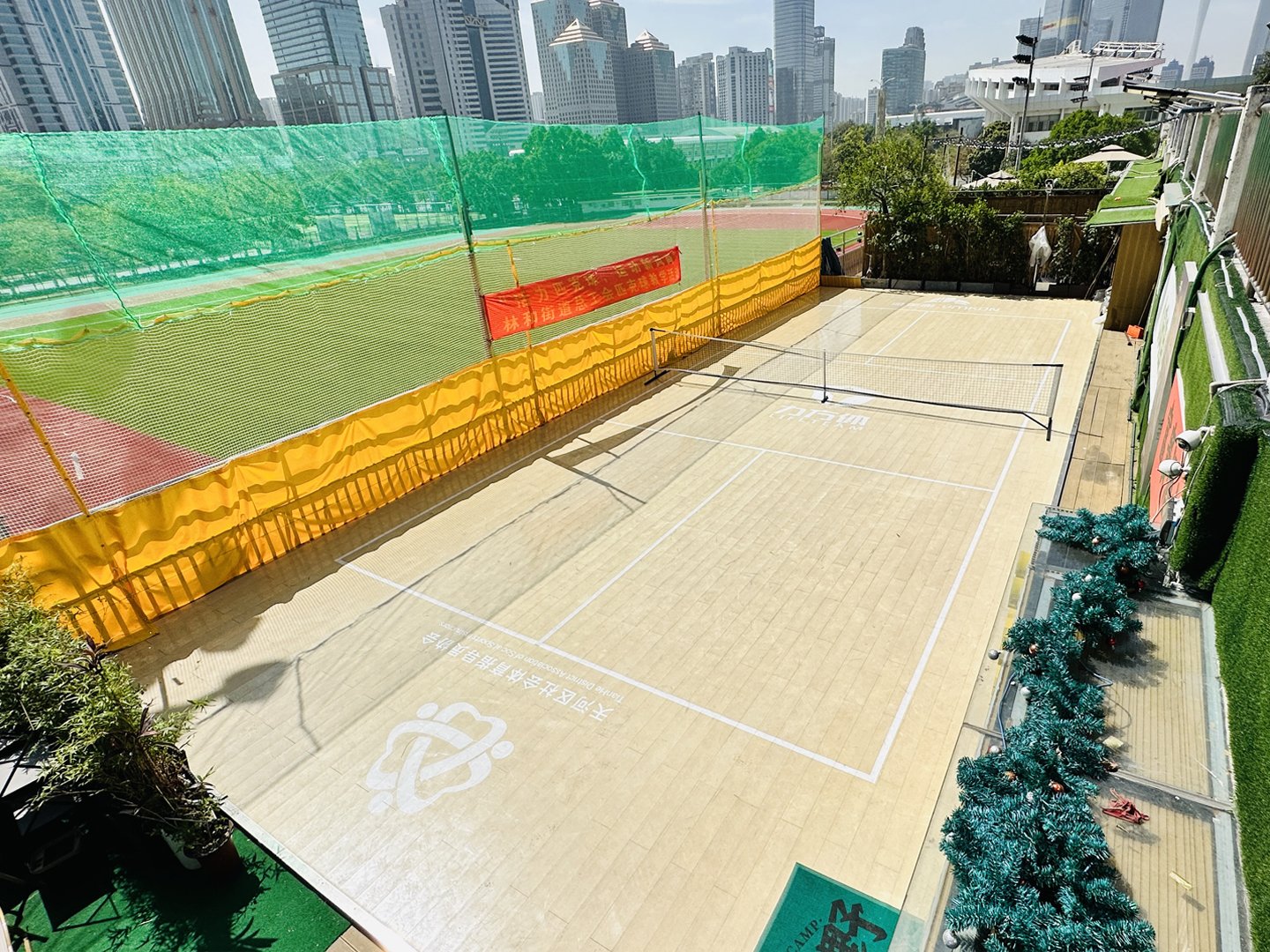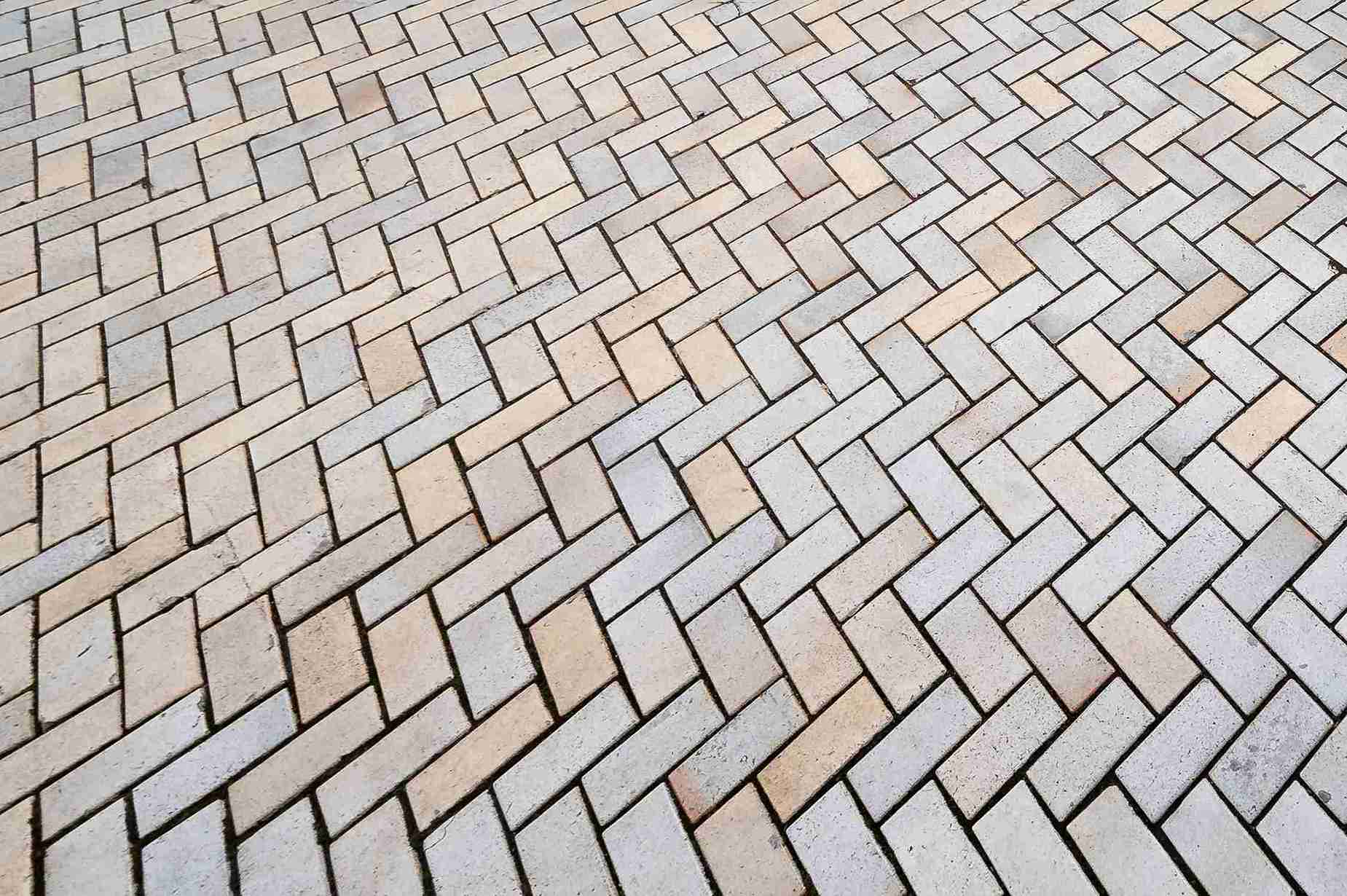Maple sports flooring is a popular choice for athletic facilities, gyms, and sports arenas due to its durability, performance, and aesthetic appeal. Known for its ability to provide a high level of shock absorption, support, and comfort, maple sports flooring enhances player safety and improves overall athletic performance.
Whether you’re installing flooring for a professional sports venue or a gym, understanding the benefits, installation steps, and key tips ensures optimal results. In this guide, we’ll explore the numerous benefits of maple sports flooring, provide detailed installation steps, offer essential tips for maintenance, and answer frequently asked questions to help you make informed decisions.
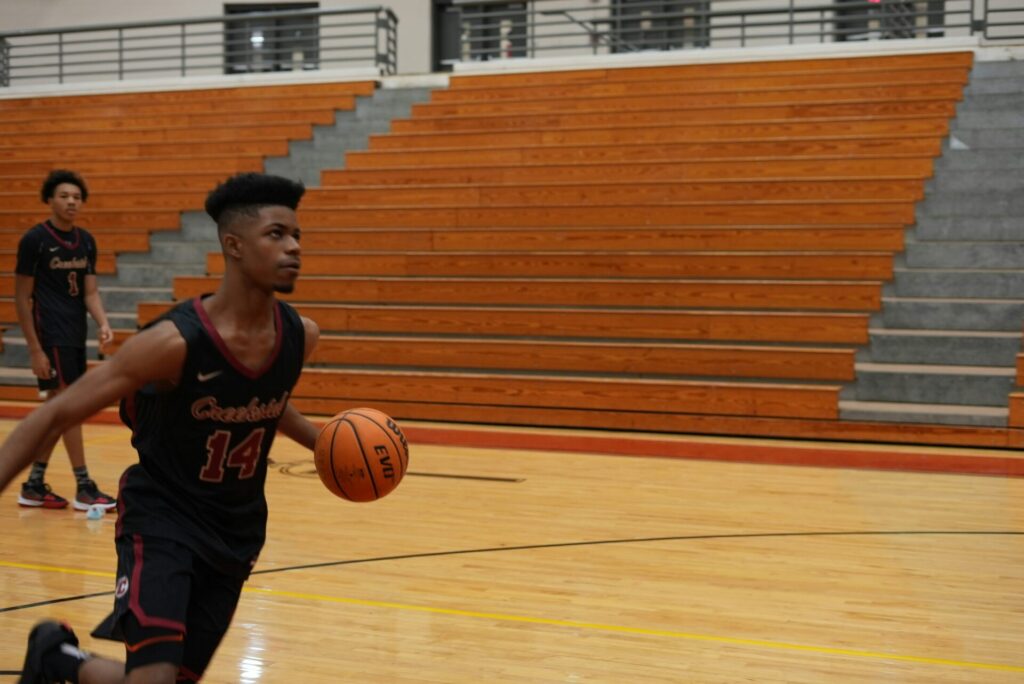

What is Maple Sports Flooring and Its Benefits?
Maple sports flooring is a type of hardwood flooring made from the wood of the maple tree, known for its durability, resilience, and aesthetic appeal. It’s commonly used in athletic facilities such as basketball courts, gymnasiums, and sports arenas due to its ability to provide optimal performance, safety, and comfort. Maple sports flooring offers several key benefits. Some are listed below
Maple wood is highly resistant to wear and tear, making it ideal for high-impact sports activities.
The natural flexibility of maple wood helps reduce impact, providing athletes with better cushioning and reduced risk of injury.
The smooth surface and consistent ball bounce make it a preferred choice for sports that require precise movements, such as basketball and volleyball.
Its natural light color and grain patterns offer a sleek, professional look that enhances the appearance of any sports facility.
High-quality maple sports flooring is easy to maintain, with periodic refinishing to restore its appearance and functionality.
What Materials Are Needed for Installing Maple Sports Flooring?
Installing maple sports flooring requires specific materials and tools to ensure durability, safety, and optimal performance. The important materials needed are listed below:
Maple Wood Flooring Panels:
The primary material, maple wood, is preferred for its durability, shock absorption, and aesthetic appeal.
Maple sports flooring comes in panels or planks designed for easy installation.
Subflooring:
A stable subfloor made from materials like plywood or concrete provides a strong foundation for the maple flooring.
The subfloor ensures even weight distribution and enhances shock absorption.
Underlayment Systems:
Moisture Barrier: A layer that prevents moisture from reaching the subfloor, ensuring the flooring remains stable.
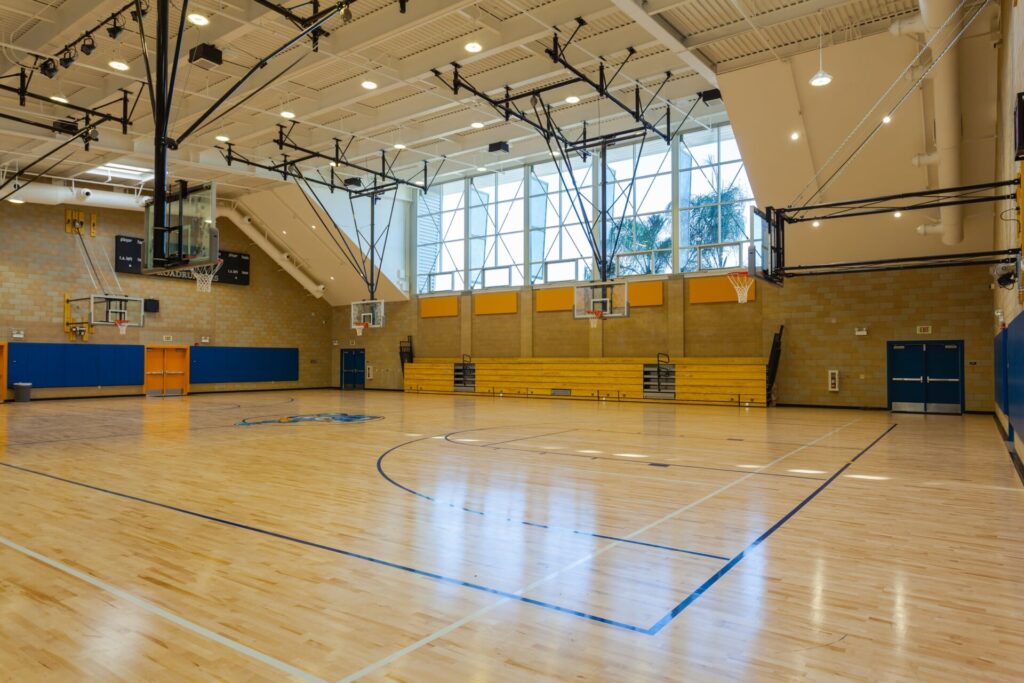

Sprung Systems: Used to provide shock absorption, improving athlete safety and performance.
Adhesives and Fasteners:
Adhesives: Used to bond the maple flooring panels to the subfloor.
Nails or screws: Securing the flooring in place for long-term stability.
Finishing Materials
Sealants and Finishes: Protect the maple wood, enhancing its durability and ensuring a smooth, polished surface.
Edge banding or trim: To provide a clean and professional finish along the edges.
Tools and Equipment
Power saws: For cutting the maple panels to fit specific dimensions.
Trowel: Used for applying adhesives.
Measuring and leveling tools: To ensure accurate installation and proper alignment.
Sander or buffer: For refinishing and maintaining the surface over time.
Having the right materials ensures the installation of maple sports flooring meets safety, performance, and aesthetic standards.
Step-by-Step Installation Guide for Maple Sports Flooring
Installing maple sports flooring requires careful planning and precise execution to ensure durability, safety, and optimal performance. Follow these step-by-step guidelines:
Step 1: Prepare the Subfloor
Ensure the subfloor (concrete or plywood) is clean, level, and free of cracks or imperfections.
Test the subfloor’s moisture level using a moisture meter. Ensure it falls within the recommended range (usually below 12%).
Remove any debris, dust, and contaminants to ensure a smooth surface for installation.
Step 2: Install the Moisture Barrier
Place a moisture barrier (like a vapor-retarding membrane) over the subfloor to prevent moisture buildup.
Use adhesive tape to secure the edges of the barrier and ensure no gaps remain.
Step 3: Install Sprung Systems (If Needed)
Install a sprung system beneath the moisture barrier if you require enhanced shock absorption and increased athlete safety.
Use adhesive or fasteners to ensure the system is stable.
Step 4: Lay the Maple Flooring Panels
Measure and cut the maple flooring panels to fit the specific dimensions of your space.
Use a trowel to apply adhesive to the subfloor according to the manufacturer’s instructions.
Position the maple flooring panels, starting from one edge of the room, ensuring they are aligned and tightly fit together.
Secure the panels using nails or screws, ensuring they are firmly attached to the subfloor.
Step 5: Finishing and Sealing
Apply a high-quality sealant to protect the maple surface and enhance durability.
Install edge banding or trim along the perimeter to give a clean, polished finish.
Periodically sand and refinish the flooring to maintain its appearance and performance.
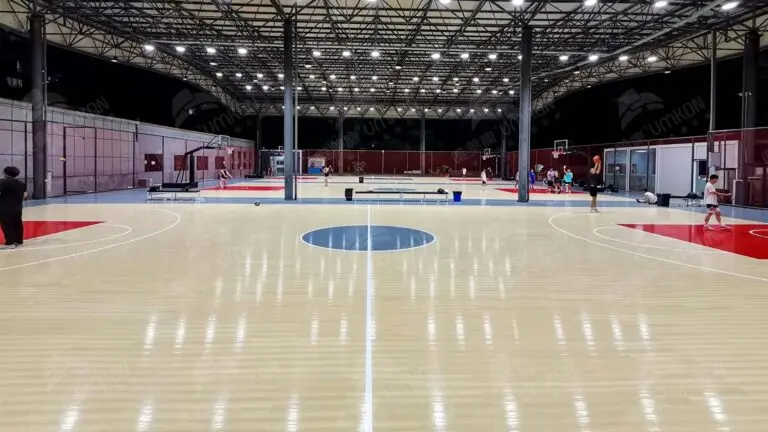

Step 6: Final Inspection and Cleanup
Ensure all panels are securely attached and the surface is level and smooth.
Clean the area thoroughly, removing any dust or debris.
Give the adhesive and sealant enough time to cure before allowing heavy use of the flooring.
Following these steps ensures the proper installation of premium maple sports flooring, delivering enhanced performance, safety, and durability for athletic facilities.
Differences Between Maple Sports Flooring and Other Flooring Types
Maple sports flooring is a specialized type of hardwood flooring commonly used in athletic facilities due to its performance, durability, and safety features. Below are the key differences between top-quality maple sports flooring and other common flooring types:
Material Composition
Maple Sports Flooring: Made from high-quality maple wood, known for its strength, flexibility, and shock absorption properties.
Other Hardwood Flooring: Includes other hardwoods like oak, beech, or cherry, which may lack the specific characteristics required for sports performance.
Vinyl or Synthetic Flooring: Made from synthetic materials like PVC or polyurethane, offering durability but often lacking the natural resilience of wood.
Durability and Shock Absorption
Maple Sports Flooring: Provides superior durability and shock absorption, reducing the impact on athletes and minimizing the risk of injury.
Other Hardwood Flooring: Less flexible and often doesn’t offer the same level of shock absorption, leading to a harder playing surface.
Vinyl or Synthetic Flooring: Offers some durability and flexibility but may not provide the same level of natural resilience or cushioning as maple.
Performance and Traction
Maple Sports Flooring: Offers excellent ball bounce and grip, making it ideal for sports that require precise movement (e.g., basketball, volleyball).
Other Hardwood Flooring: May provide less consistent ball bounce and traction, affecting sports performance.
Vinyl or Synthetic Flooring: Offers consistent ball bounce but may have limited grip, especially in high-impact sports.
Aesthetic Appeal
Maple Sports Flooring: Features a light, natural color with a smooth, polished finish that enhances the aesthetic of sports facilities.
Other Hardwood Flooring: Comes in various finishes and colors but may lack the uniformity and professional appearance of maple sports flooring.
Vinyl or Synthetic Flooring: Available in a wide range of designs and patterns but may not provide the same natural beauty as wood.
Installation and Maintenance
Maple Sports Flooring: Requires careful installation and regular maintenance, such as sanding and refinishing to preserve its performance and appearance.
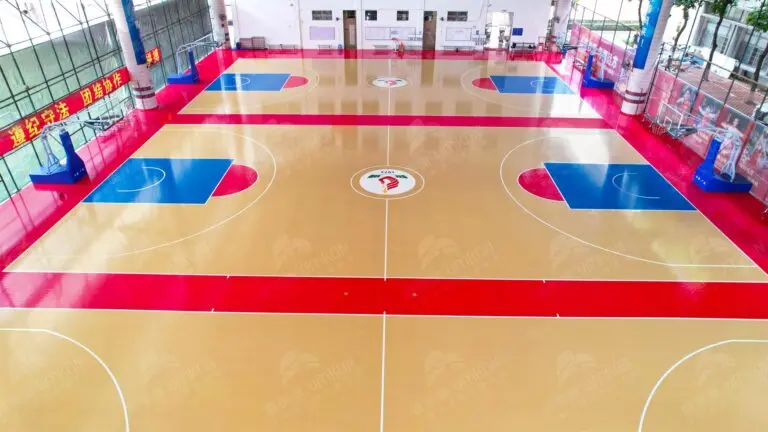

Other Hardwood Flooring: Typically easier to install and maintain but may require more frequent refinishing compared to maple.
Vinyl or Synthetic Flooring: Easier to install and maintain due to resistance to wear and moisture, but may not be as durable or eco-friendly as wood.
Cost and Sustainability
Maple Sports Flooring: Generally higher in cost due to the quality of wood and specialized manufacturing.
Other Hardwood Flooring: More cost-effective, but may not have the same durability or performance features as maple.
Vinyl or Synthetic Flooring: Less expensive, but often less eco-friendly and durable in comparison to maple.
Common Mistakes to Avoid When Installing Maple Sports Flooring
Installing maple sports flooring requires careful attention to detail and precision to ensure optimal performance and durability. Below are common mistakes to avoid when installing maple sports flooring:
Ignoring Subfloor Preparation
Mistake: Failing to properly prepare the subfloor (concrete or plywood) by not leveling it, cleaning it, or addressing moisture issues.
Avoidance: Ensure the subfloor is clean, level, and free of moisture. Use a moisture barrier if necessary to prevent issues like warping or swelling.
Overlooking Moisture Testing
Mistake: Installing maple flooring without proper moisture testing, which can lead to mold, swelling, or warping.
Avoidance: Use a moisture meter to test the subfloor’s moisture level and ensure it’s within the recommended range (usually below 12%). Use a moisture barrier if the subfloor is concrete.
Choosing the Wrong Adhesive
Mistake: Using the wrong type of adhesive or applying too much/too little, which can affect the flooring’s stability.
Avoidance: Use the recommended adhesive type for maple flooring and follow manufacturer guidelines for the right application.
Skipping Sprung System Installation (When Needed)
Mistake: Not installing a sprung system beneath the flooring, which reduces shock absorption and athlete comfort.
Avoidance: Install a sprung system if you need added shock absorption and enhanced player safety.
Incorrect Panel Alignment and Placement
Mistake: Installing panels unevenly or incorrectly, leading to poor performance, uneven surfaces, and uneven ball bounce.
Avoidance: Ensure precise cutting, measuring, and alignment of the flooring panels to achieve a smooth and even surface.
Neglecting Finishing and Sealing
Mistake: Skipping the sealing and finishing process, which leaves the maple flooring vulnerable to damage and wear.
Avoidance: Apply a high-quality sealant and finish to protect the maple wood and maintain its appearance and durability.


Improper Cutting and Measuring
Mistake: Cutting the maple flooring improperly or not measuring accurately, leading to wasted materials or uneven installations.
Avoidance: Use precision tools and ensure accurate measurements to minimize material waste and achieve a professional finish.
Skipping Regular Maintenance
Mistake: Not maintaining the flooring regularly, leading to reduced performance and appearance over time.
Avoidance: Schedule regular sanding, refinishing, and cleaning to keep the flooring in optimal condition.
By avoiding these common mistakes, you can ensure the successful installation of durable maple sports flooring, enhancing its durability, performance, and appearance.
Conclusion:
Installing maple sports flooring requires careful attention to detail and adherence to best practices to ensure durability, performance, and athlete safety. By avoiding common mistakes,you can achieve a high-quality installation that enhances the longevity and functionality of your sports facility.
Proper installation, regular maintenance, and following manufacturer guidelines will contribute to a professional and reliable sports flooring solution.
FAQs
Why is moisture testing important before installing maple sports flooring?
Moisture testing ensures that the subfloor is within acceptable moisture levels to prevent warping, swelling, and mold growth, which can compromise the flooring’s durability.
What type of adhesive should be used for maple sports flooring?
Use an adhesive specifically designed for hardwood flooring, following the manufacturer’s recommendations to ensure proper bonding and stability.
Can a sprung system be skipped when installing maple sports flooring?
No, skipping a sprung system can reduce shock absorption and athlete comfort. It’s recommended for optimal performance and safety, especially for high-impact sports.


